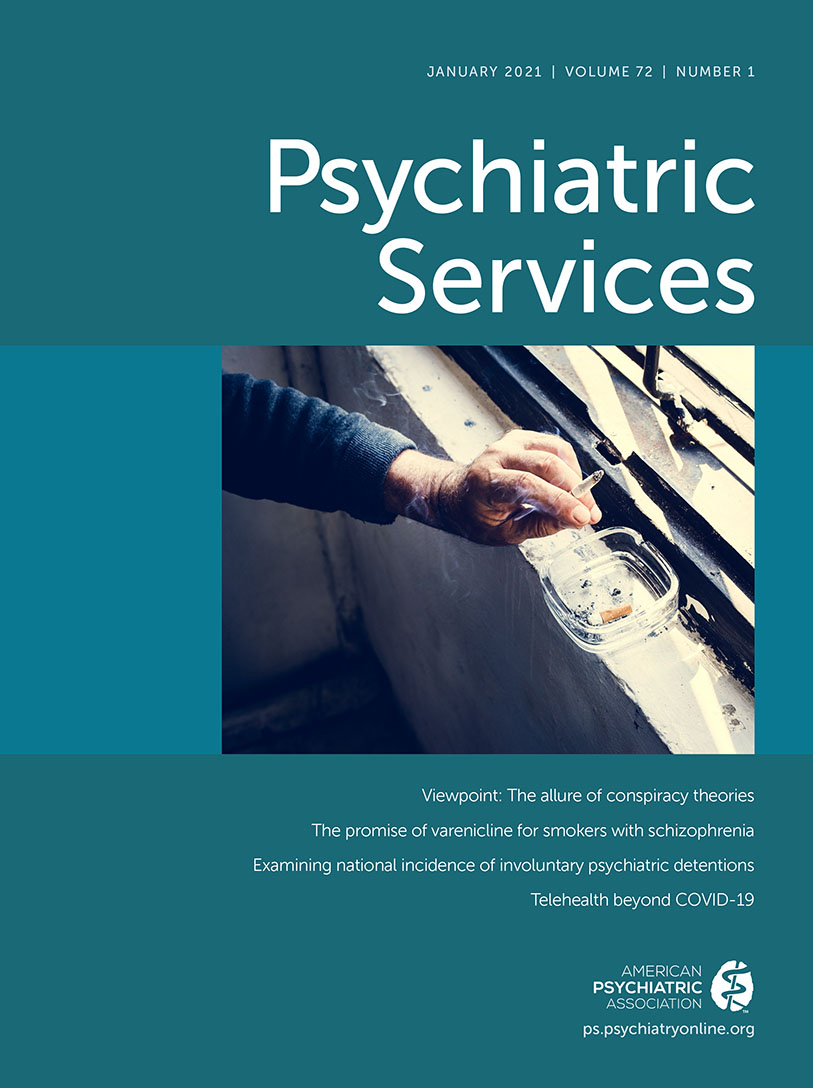Contact With Persons With Mental Illness and Willingness to Live Next Door to Them: Two Waves of a California Survey of Adults
Abstract
Objective:
This study sought to extend findings from previous studies of the association between having had interpersonal contact with individuals with mental illness and the desire to avoid contact with them (i.e., social distance).
Methods:
The authors used a longitudinal design with a representative sample of 1,057 California adults who completed a survey in 2013 (wave 1) and 2014 (wave 2). Bivariable and multivariable logistic regression analyses were used to test whether demographic characteristics and changes in past-year contact with individuals with mental illness affected perceptions of the dangerousness of individuals with mental illness and willingness to move next door to someone with mental illness.
Results:
An increase in contact with someone with mental illness between the two waves was associated with a decrease in unwillingness to move nearby a person with mental illness, even after the analysis accounted for contact and unwillingness at wave 1 (odds ratio [OR]=0.51, 95% confidence interval [CI]=0.31–0.84). Wave 1 beliefs that persons with mental illness are dangerous were associated with unwillingness to move nearby (OR=3.81, 95% CI=2.29–6.35) but changes in beliefs about dangerousness were not (OR=0.71, 95% CI=0.42–1.19).
Conclusions:
Increased naturally occurring contact with individuals with mental illness appears to decrease unwillingness to move near a person with mental illness for as long as 1 year after the contact. Housing and services that aim to integrate individuals with mental illness into the community should consider strategies that include contact with individuals with mental illness to counter community opposition.



